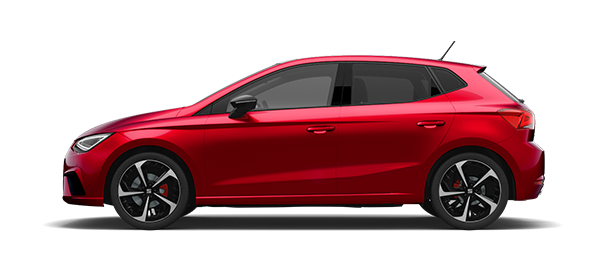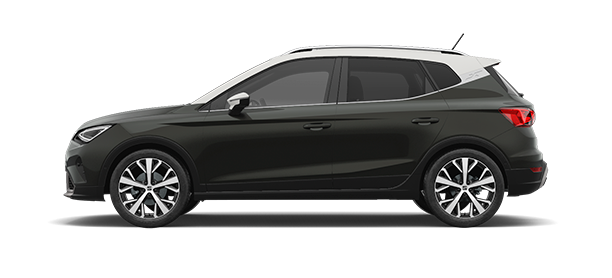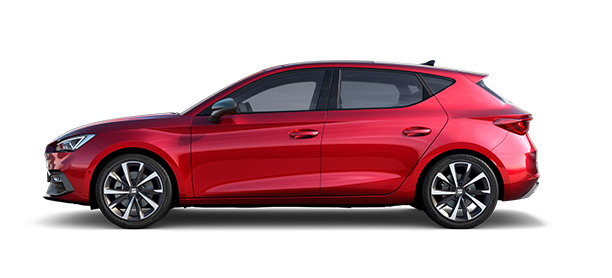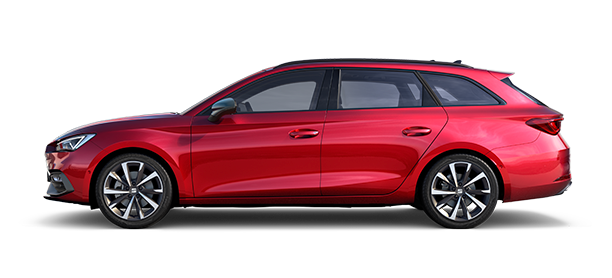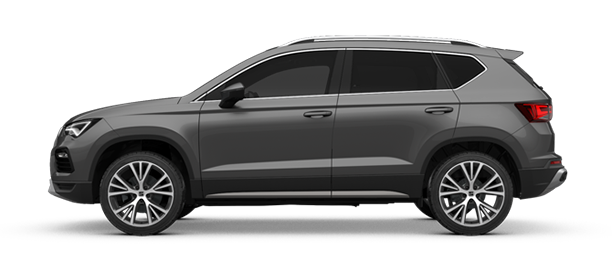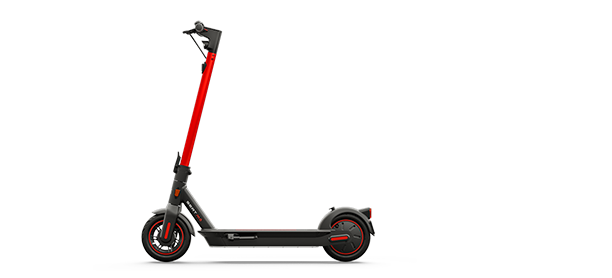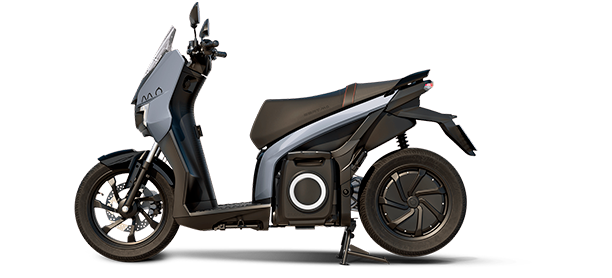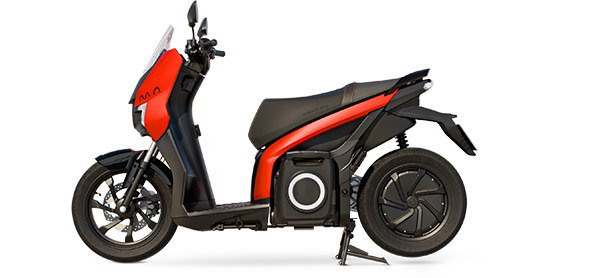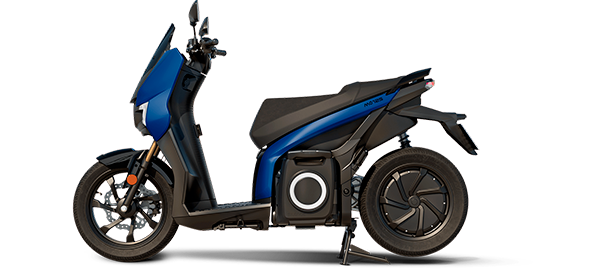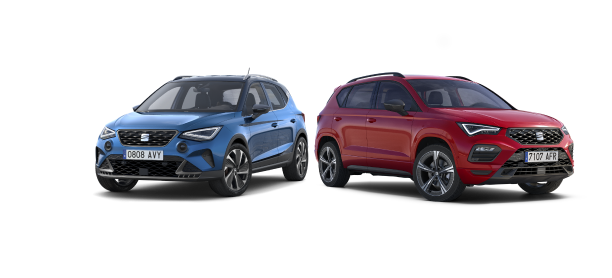SEAT is taking a giant leap in its urban micromobility strategy with the presentation of the Minimó at this year’s Mobile World Congress, a concept car that has been developed as a mobility platform, showcasing the company’s vision of the urban mobility of tomorrow.
A 100% electric vehicle that combines the best of a motorcycle and a car.
At this morning’s press conference, SEAT President Luca de Meo explained how “the SEAT Minimó has been especially engineered to adapt to the mobility platforms that will shape the future of city driving, where traffic will be restricted and only a few operators will be able to offer mobility.” De Meo added, “This is the solution that carsharing companies have been waiting for, a model that will be key for improved profitability of this type of companies. The concept we are presenting today responds to the needs of both cities and carsharing providers.”
SEAT Minimó: The best of a car and a motorcycle
The Minimó has been developed by combining the best of two worlds: the safety and comfort of a car with the agility and easy parking of a motorcycle. Comfortably seating two passengers, this 100% electric concept car has been developed with an integrated battery swap system, enabling full vehicle charging in only a few minutes and provides a range of more than 100 kilometres. As these cars don’t rely on being taken to recharging points, this innovative system means that carsharing operating costs are effectively reduced by 50%.
What is the size of the new SEAT Minimó?
At 2.5m long, and 1.24m wide, the car takes up 3.1 square metres of space versus the 7.2 square metres of a normal car, considerably reducing its ecological footprint in the city. The Minimó can be parked in a motorbike parking area, and in a traffic lane it would fit side by side in a space where only one average car fits.
Minimó is set to be a city ally offering enhanced mobility and reducing vehicle footprint.
“The Minimó is also a hyperconnected vehicle with built-in 5G technology that provides a convenient and smooth digital user experience based on the ‘Digital Access’ key and wireless Android Auto™ on the car display without users having to connect their smartphone to any cable or socket. Among other functions, the car recognises whether the driver is 16 or 18 to adapt its speed to either 45 or 90 km/h, for example. In addition, with the Google Assistant on Android Auto, users can keep their eyes on the road and hands on the wheel while using their voice to stay connected, easily get answers, manage tasks and control media ”, de Meo explained during the press conference.
In this sense, and as a major step in enhancing the SEAT Minimó user experience, SEAT and Android Auto have collaborated to enable complete seamless, intuitive connectivity, whereby the user can easily call phone numbers, read and respond to text messages, and make use of supported navigation, media, and communication apps on the vehicle’s display.
The city’s best friend
With a concept car like the Minimó, SEAT aims to reduce the vehicle footprint in urban areas. With this in mind, the company is working together with city councils to gain insights into their views and specific needs.
As a result of this joint effort, SEAT will look into the possibilities of integrating the proposals made by public authorities and the citizens into the vehicle’s development in order to offer spot-on solutions towards a shared purpose – to enhance urban mobility.
Leading the Volkswagen Group’s mobility strategy
Following the launch of the e-kick scooter eXS powered by SEGWAY and with the international presentation of the Minimó concept car, SEAT has been chosen as the lead brand within the Volkswagen Group to define the strategy and offer products geared towards urban micromobility.
According to Luca de Meo, “micromobility, characterised as short commutes under 10 kilometres, today represents around 60% of the total. It is a high potential business for a mobility provider like the one we aim to become. Our mission is to come up with ideas and create products designed for short distance travel. The Volkswagen Group and its different brands will be using our solutions all over the world. SEAT is in the best position to spearhead this strategy, firstly because of our urban setting in a metropolitan city such as Barcelona; and secondly, because this city has a long tradition in design and production of two wheelers.”
Software centre of excellence powered by SEAT: from analogue to digital
In order to adapt to a context shaped by change and to successfully tackle the company’s digital transformation, SEAT has announced the creation, in 2019, of its own software house that aims to continue strengthen the successful network of Volkswagen Group IT’s Software Development Centers.
This new centre of excellence will employ more than 100 specialists and work to promote two major dimensions within SEAT and the Volkswagen Group. On one hand, it seeks to continue pushing the digital transformation of Group-wide IT-Solutions and increase efficiencies by process digitalisation. On the other, it aims to strengthen new business models based on new mobility concepts, connectivity and car digitalisation, with focus on SEAT.
The company is seeking the best in internal and external talent to contribute to positioning this centre as a benchmark of state-of-the-art digitalisation in Barcelona.
The Metropolis:Lab Barcelona will be integrated within the new center and keep innovating to find solutions for a better mobility. Other independent SEAT companies such as XMOBA will be working in this new venue as well in order to take advantage of all synergies. Luca de Meo said that “this new centre, which will be located in Barcelona, confirms the company’s commitment to transforming itself from being a carmaker to a mobility services provider.”
The ‘5G Connected Car’ on the streets of Barcelona
As part of the 5G Barcelona project, which aims to promote the city as one of the benchmark European capitals of 5G technology, SEAT and Telefónica have implemented the ‘5G Connected Car’ pilot test.
The ‘5G Connected Car’ enables communication between the vehicle, the surrounding infrastructure and other cars and is a first step towards achieving cooperative, autonomous driving. The vehicle is now being tested on the streets of Barcelona to gather data and work on its safety development plan while being driven.
Strengthening the connectivity ecosystem
As the first carmaker in the European industry to offer an app (the SEAT DriveApp) that is compatible with Android Auto, SEAT is going to display an Arona with Android Auto between halls 1 and 2 at Mobile World Congress. Android Auto is a simpler way to use your phone in the car. Whether on your phone screen or on your car display, Android Auto was designed with safety and convenience in mind.
Google and Android Auto are trademarks of Google LLC.





